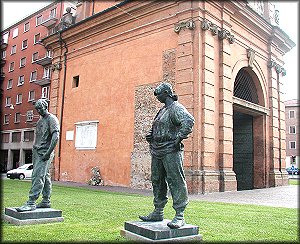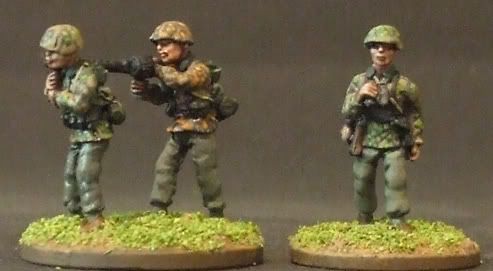General John Burgoyne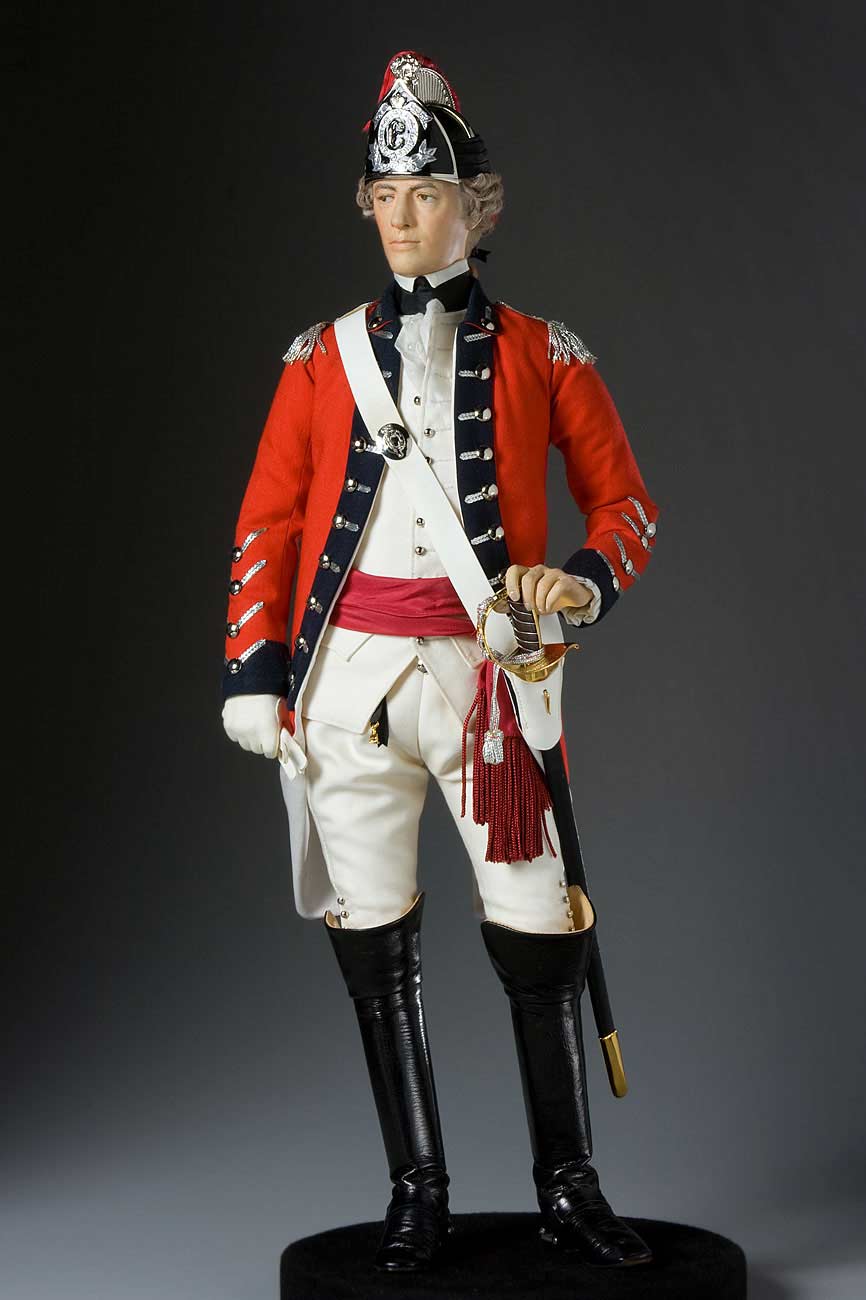 (24 February 1722 – 4 August 1792) was a British army officer, politician and dramatist. He first saw action during the Seven Years' War when he participated in several battles, mostly notably during the Portugal Campaign of 1762. (24 February 1722 – 4 August 1792) was a British army officer, politician and dramatist. He first saw action during the Seven Years' War when he participated in several battles, mostly notably during the Portugal Campaign of 1762.
Burgoyne is best known for his role in the American War of Independence. In the army he had been promoted to major-general. On the outbreak of the American War of Independence, he was appointed to a command, and arrived in Boston in May 1775, a few weeks after the first shots of the war had been fired at Lexington and Concord. He participated as part of the garrison during the Siege of Boston, although he did not see action at theBattle of Bunker Hill, in which the British forces were led by William Howe and Henry Clinton. Frustrated by the lack of opportunities, he returned to England long before the rest of the garrison, which evacuated the city in March 1776.[
During the Saratoga campaign he surrendered hisarmy of 5,000 men to the American troops on October 17, 1777. Appointed to command a force designated to capture Albanyand end the rebellion, Burgoyne advanced from Canada but soon found himself surrounded and outnumbered. He fought two battles at Saratoga, but was forced to open negotiations with Horatio Gates. Although he agreed to a convention, on 17 October 1777, which would allow his troops to return home, this was subsequently revoked and his men were made prisoners. Burgoyne faced criticism when he returned to Britain, and never held another active command. In 1776, he was at the head of the British reinforcements that sailed up the Saint Lawrence River and relieved Quebec City, which was under siege by the Continental Army. He led forces under General Guy Carleton in the drive that chased the Continental Army from the province of Quebec. Carleton then led the British forces onto Lake Champlain, but was, in Burgoyne's opinion, insufficiently bold when he failed to attempt the capture of Fort Ticonderoga after winning the naval Battle of Valcour Island in October. Burgoyne was also an accomplished playwright known for his works such as The Maid of the Oaks and The Heiress, but his plays never reached the fame of his military career. He served as a member of the House of Commons of Parliament for a number of years, sitting for the seats of Midhurst and Preston. He is often referred to as Gentleman Johnny.
WI 1 Militia/Minuteman kneeling loading musket |
| AWI 2 British/Continental Infantry marching |
| AWI 3 British Drummer bearskin hat |
| AWI 4 Iroquois Warrior kneeling musket |
| AWI 5 British Light Dragoon Officer with Horse |
| AWI 6 British Light Infantryman at trail |
| AWI 7 British/Continental Officer |
| AWI 8 Hessian Grenadier marching mitre hat |
| AWI 9 British Grenadier marching bearskin hat |
| AWI 10 Continental Drummer boy |
| AWI 11 Continental Dragoon with Horse |
| AWI 12 British/Continental Ensign (Standard) |
| AWI 13 Militiaman advancing brimmed hat |
| AWI 14 Mounted General in Greatcoat with Horse |
| AWI 15 British/Continental Infantryman firing musket |
| AWI 16 Queens Rangers Hussar with Horse |
| AWI 17 Continental Light Infantry, Rhode Island |
| AWI 18 Continental Militiaman, musket, cap |
| AWI 19 Iroquois Warrior advancing with tomahawk |
| AWI 20 British Legion cavalry, tarleton, with horse |
| AWI 21 British Dragoon Trooper with horse |
| AWI 22 British Grenadier firing musket, bearskin hat |
| AWI 23 British Queens Rangers Light Infantry advancing |
| AWI 24 Iroquois Warrior advancing with musket |
| AWI 25 British Infantryman thrusting bayonet |
| AWI 26 Continental Maryland Infantry loading musket |
| AWI 27 Iroquois Warrior firing musket |
| AWI 28 Militiaman musket at ready, bareheaded |
| AWI 29 Scots Infantryman at ready |
| AWI 30 Hessian Musketeer at ready |
| AWI 31 Militiaman kneeling firing musket, tricorn hat |
| AWI 32 Mountainman Militia kneeling at ready, buckskins |
| AWI 33 American Continental Dragoon Officer with Horse |
| AWI 34 British/Continental Artilleryman with rammer |
| AWI 35 Mountainman firing musket, squirrel hat |
| AWI 36 Militiaman long coat bareheaded |
| AWI 37 2nd New Hampshire Infantry Regiment, advancing |
| AWI 38 British/Continental Artilleryman porte fire |
| AWI 39 British /Continental Infantryman biting cartridge |
| AWI 40 British /Continental Infantryman advancing at ready |
| AWI 41 Hessian Grenadier mitre hat charging |
| AWI 42 American advancing, brimmed hat, buckskins |
| AWI 43 Militia/Minuteman at ready, brimmed hat |
| AWI 44 Militia/Minuteman at ready, tricorn hat |


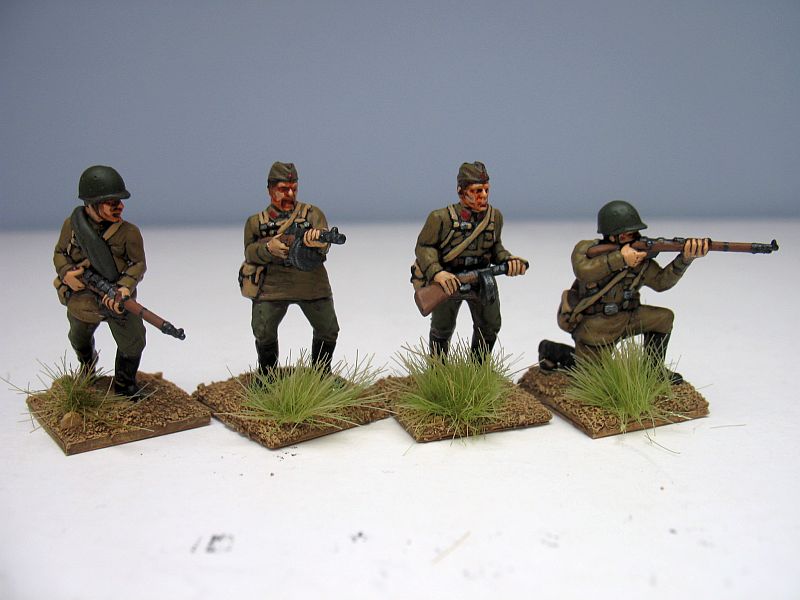
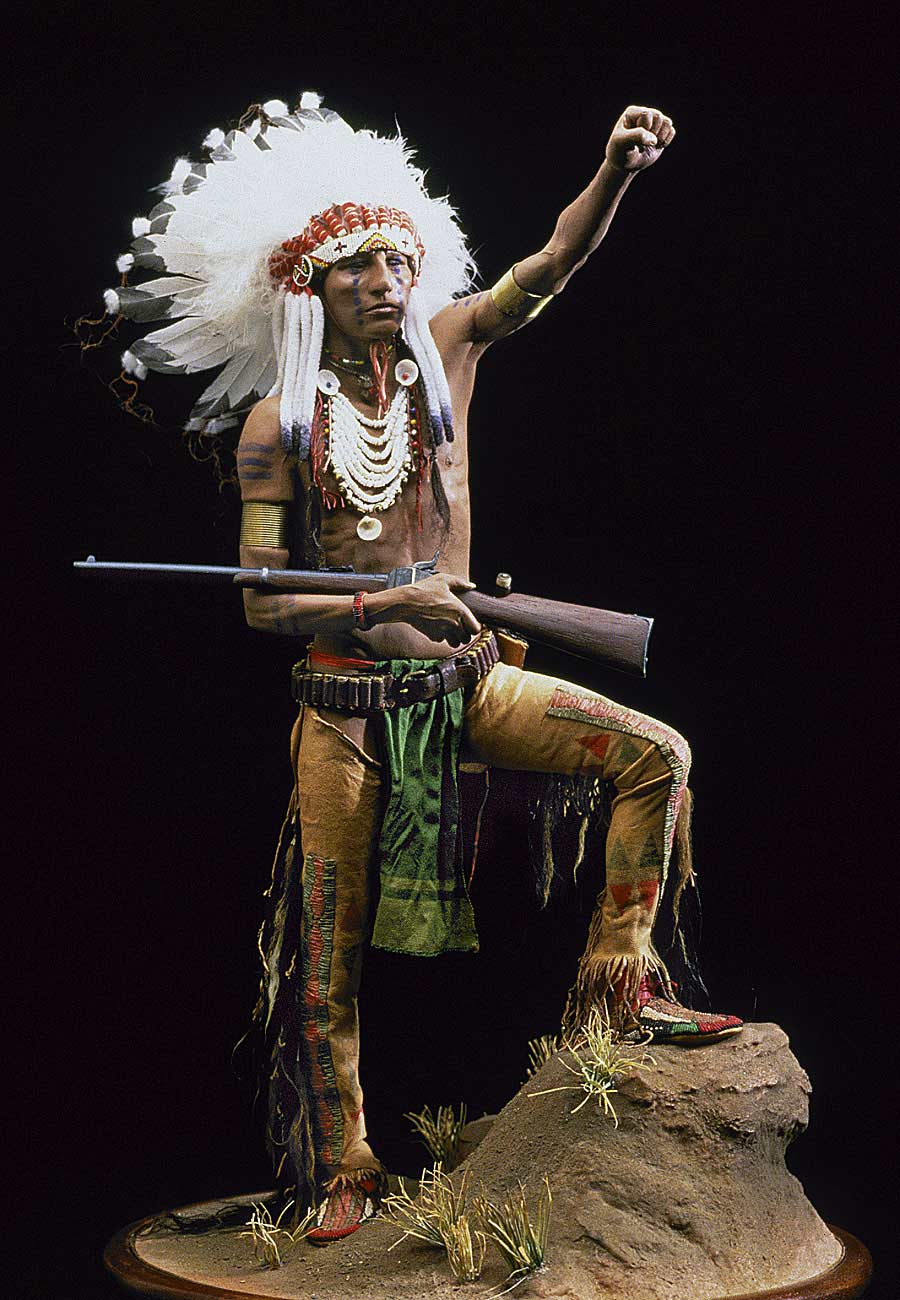
 (24 February 1722 – 4 August 1792) was a British army officer, politician and dramatist. He first saw action during the Seven Years' War when he participated in several battles, mostly notably during the Portugal Campaign of 1762.
(24 February 1722 – 4 August 1792) was a British army officer, politician and dramatist. He first saw action during the Seven Years' War when he participated in several battles, mostly notably during the Portugal Campaign of 1762.




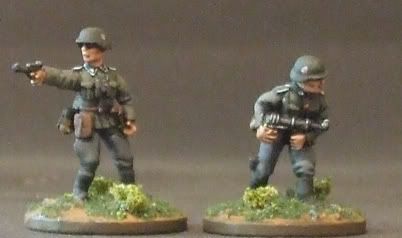 dixon
dixon 0preiser 1.72
0preiser 1.72 "William" Political Commissar.
"William" Political Commissar. 